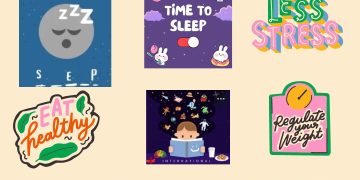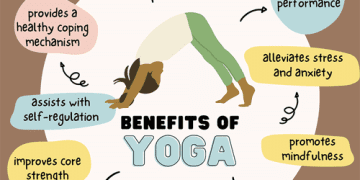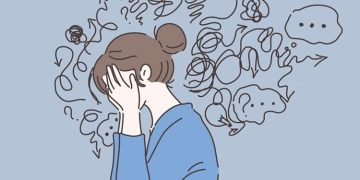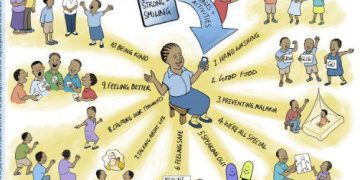
Addressing Self-Harming Behaviours in Indian Adolescents

What is self-harm?
S stands for Self-harm for #BlogchatterA2Z- Addressing Self-Harming Behaviours in Indian Adolescents. Self-harming behaviour occurs when young people hurt themselves on purpose. It is not attention-seeking, it’s a method of coping. It’s hazardous and could even be life-threatening. It generally happens because they’re upset, like they’re depressed, anxious, bullied, or not good enough. Research shows that self-harm can become an addiction. When children hurt themselves, their bodies release feel-good chemicals called endorphins. They connect hurting themselves with feeling good and forget their emotional pain.
Signs of Self-harm
- Cutting or scratching themselves
- Pulling hair or skin
- Burning or biting
- Marking skin with sharp objects
- Hitting or punching oneself
- Banging the head
- Trying to commit suicide
Potential Triggers for Indian Teens:
1. Academic Pressure- Stress to succeed in school.
2. Societal Expectations-Expectations to fit in with what’s considered normal
3. Family pressures- Stress from family members.
4. Transitioning into adulthood-Dealing with emotions and physical changes.
5. Cultural norms and stigma: Beliefs about mental health and the shame attached
6. Peer Pressure- Being influenced by friends.
7. Social Media, Gaming- Watching content online that makes them feel, self-harm is okay.
Addressing Self-Harming Behaviours in Indian Adolescents
How to Note the Triggers
Physical Signs-
Look for cuts, bruises, burns, or scars that they can’t explain, especially in hidden spots.
If they are wearing long sleeves when it’s hot, they might be hiding their injuries.
Emotional and Behavioural Changes-
Watch out for sudden mood swings, avoiding friends, keeping secrets, get angry easily, or feeling low.
Changes in Daily Routine-
Notice their changing eating or sleeping habits, not taking care of themselves, or getting low grades in school.
Voicing Sadness or Self-Blame–
Pay attention if they say things like; feeling worthless, hopeless, or everything’s their fault.
Helping with Self-Harm:
Talk Openly: It’s imperative to talk openly and without judging. Parents, teachers, and friends should create a safe space. Teens should feel safe to share their feelings and get help without worrying about being criticized.
Therapy and Counselling: Take them to a psychologist or therapist for professional help. It’s necessary to have counselling sessions.
A professional can tell if the self-harm is serious and help them to deal with it. Therapies like Cognitive Behavioural Therapy can help to support teens to deal with the causes of self-harm.

This post is part of Blogchatter’s CauseAChatter
I am participating in #BlogchatterA2Z
- A- Anxiety Disorders
- B-Bullying-A growing concern for Adolescents
- C- 10 Ways to Cope with Stress for Adolescents
- D-Supporting Adolescents with Depression
- E-Eating Disorders in Adolescents in India
- F- Role of Family in Adolescent Mental Health
- G- Supporting Adolescents in Gender identity
- H-Harmful Substance Abuse in Adolescents
- I- Helping Adolescents Navigate Identity Confusion
- J- Mental Health in Juvenile Offenders
- K-Key To a Better Future for Adolescents
- L-LGBTQ+ Adolescents Issues
- M- 5 ways to handle Teenagers’ Mood Swings
- N- Neurodevelopmental Problems in Adolescents
- O-10 signs your child is an online Addict
- P- 15 Tips to deal with peer Pressure
- Q-Quality education to support mental health
- R-10 Tips for Nurturing Healthy Relationships in Teenagers













Hi,
I’m Bertha, and I’ve discovered something exceptional that could revolutionize your approach to ad creation—Adcreative.ai. Think of it as Canva, but optimized for ad design, offering tools that work as quickly as your ideas flow.
Why Adcreative.ai? It simplifies ad creation:
Automated Creatives: Produce ads for any platform in every format—fast and effortlessly.
No Design Skills Needed: Jump in without any previous design experience.
AI-Powered Decisions: Let AI choose visuals that best align with your industry data.
Instant Ad Variations: Quickly generate numerous ad options tailored to your campaign needs.
Effortless Copywriting: Create engaging ad texts with our AI.
Ready to transform how you create ads? Click here and start seeing results today: https://bit.ly/42lYuPw
Best regards,
Bertha